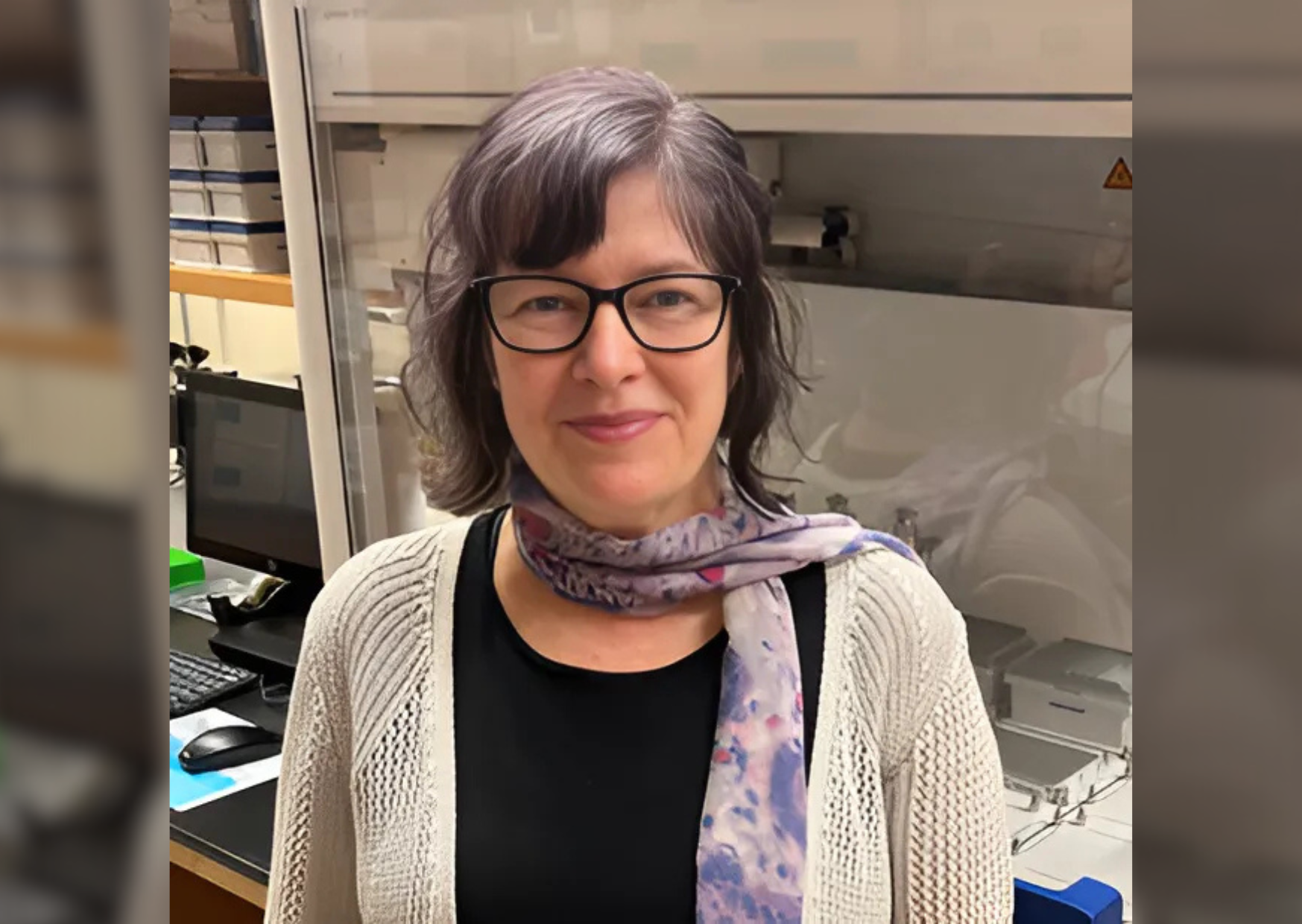Meet Dr. Una O'Doherty

Una O’Doherty invites collaborators to forecast the future of HIV and sickle cell disease research
Una O’Doherty (pathology and laboratory medicine) has joined Emory’s deep bench of renowned HIV and sickle cell researchers. O’Doherty’s appointment further supports Emory’s multidisciplinary mission of eliminating the drivers of life-threatening disease. Currently, her lab is seeking highly motivated postbaccalaureate and postdoctoral researchers with a background in virology, molecular biology, bioinformatics, or a desire to pursue her lab’s mission of understanding HIV persistence and improving the care of individuals with sickle cell disease (SCD).
O’Doherty’s lab has transformed the understanding of how HIV reservoirs form and persist. Her research challenged the long-standing convention that HIV only infected "awake" T cells (i.e. activated T cells). She showed that resting T cells can be directly infected, resulting in a hidden, inactive (latent) infection. Later, she analyzed patient samples and discovered that resting antigen-naïve T cells also serve as a significant HIV reservoir in vivo, contesting prior dogma. Her observations have laid the groundwork for designing better HIV therapies.
Recently, her lab has started promising investigations involving the dynamics of white blood cell subsets in sickle cell disease. Her research suggests that T cells in sickle cell disease are unhealthy and resemble T cells in untreated HIV infection.
Below, Una O’Doherty shares research insights and encourages interested researchers to apply to her lab.
Q: What influenced your decision to go into pathology?
A: As a graduate student, I isolated and characterized plasmacytoid DCs from buffy coats derived from blood. These blood products were delivered from the New York Blood Center, a few blocks from Rockefeller University. After characterizing these newly identified cells by fluorescence-activated cell sorting, we soon realized these cells were also the major IFN-α producing cells in the body. We also found that plasmacytoid dendritic cells expressed receptors for HIV yet were highly resistant to HIV infection.
This discovery came during the HIV epidemic, which had a major influence on my research trajectory and my decision to pursue transfusion medicine. With this background, I realized that blood banking could be an ideal career to combine my interests in white blood cells, HIV, and caring for the underserved.
Q: Can you explain the connection between your HIV research and your sickle cell disease research?
A: Over the past two decades, my HIV research has focused on drivers of T cell death and proliferation among HIV-infected T cells. We were the first to utilize longitudinal sequencing to follow reservoir changes over time. Overall, our work suggests that HIV-infected cells die and divide faster than uninfected cells. This finding, in turn, suggests it may be possible to cure HIV.
I became interested in studying SCD late in my career. Recently, we noticed that the T cells in SCD resemble those in untreated HIV. Lymphocytes from these individuals appear unhealthy and smaller than typical T cells. This observation led to a series of experiments to monitor white blood cell survival and proliferation ex vivo and T cell turnover in vivo. We found the rate of T cell death and division in SCD is accelerated. This accelerated turnover may relate to their strong hematopoietic drive.
My ultimate goal is to understand the remaining obstacles to curing both HIV and SCD.
Q: What are some of the most pressing questions researchers in your field are facing now?
A: The most pressing question in the field of HIV is how the HIV reservoir forms and persists in the face of antiretroviral therapy (ART). Curing HIV is more challenging than SCD. We do not understand—at the nucleotide level—why exactly HIV is a persistent infection. Answering this question is likely the first step toward curing HIV.
My group has been probing the role of the most immature T cell population in reservoir persistence. Our approach to studying the naïve T cell reservoir requires that we collect large numbers of white blood cells by apheresis, to provide sufficient cells to perform cell sorting prior to sequencing. These experiments are performed in collaboration with the Emory Flow Cytometry Core.
One of the biggest questions facing SCD researchers is: why do individuals with SCD have an increased risk of leukemia, especially after transplantation or gene therapy? Fear of this complication has slowed enrollment for some gene therapy approaches. Understanding the factors that underlie the increased risk of leukemia is critical.
Q: What drew you to Emory?
A: Emory was very attractive to me because of its uniquely collegial environment and the potential to enroll robust longitudinal cohorts to study HIV and SCD. Thanks to the collaborative nature at Emory, we have already begun enrolling individuals at the Ponce Clinical Research Site.
The opportunity to work with Vincent Marconi (medicine) and the Ponce Clinic team to recruit longitudinal cohorts was a strong motivator to join Emory. This renowned HIV clinic is one of the largest in the U.S. In addition, our collaboration with apheresis expert, Shannon Bonds at Emory University Hospital made it possible to be ambitious when designing a longitudinal cohort.
Simultaneously, the potential to collaborate with a large group at Emory who are keenly interested in studying SCD was very attractive to me. The Transfusion Medicine group at Emory are world experts in the role of transfusion and inflammation in alloimmunization—a critical limitation for the current standard of care therapy in SCD.
Finally, my first major discovery as a budding scientist was the demonstration that the major interferon-a producing cells, now termed PDC, circulate in blood. Thus, the focus on interferon-a and chronic inflammation by many esteemed scientists at Emory made coming to Emory a natural fit.
Q: I know you’re interested in finding like-minded researchers and trainees to join your group. Where can individuals with a passion for transfusion medicine apply?
A: We are interested in uncovering and addressing the remaining barriers to curing both HIV and SCD. If our research mission appeals to you, please email me.

